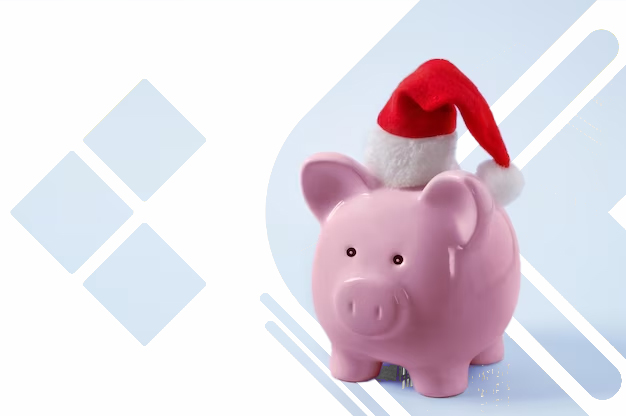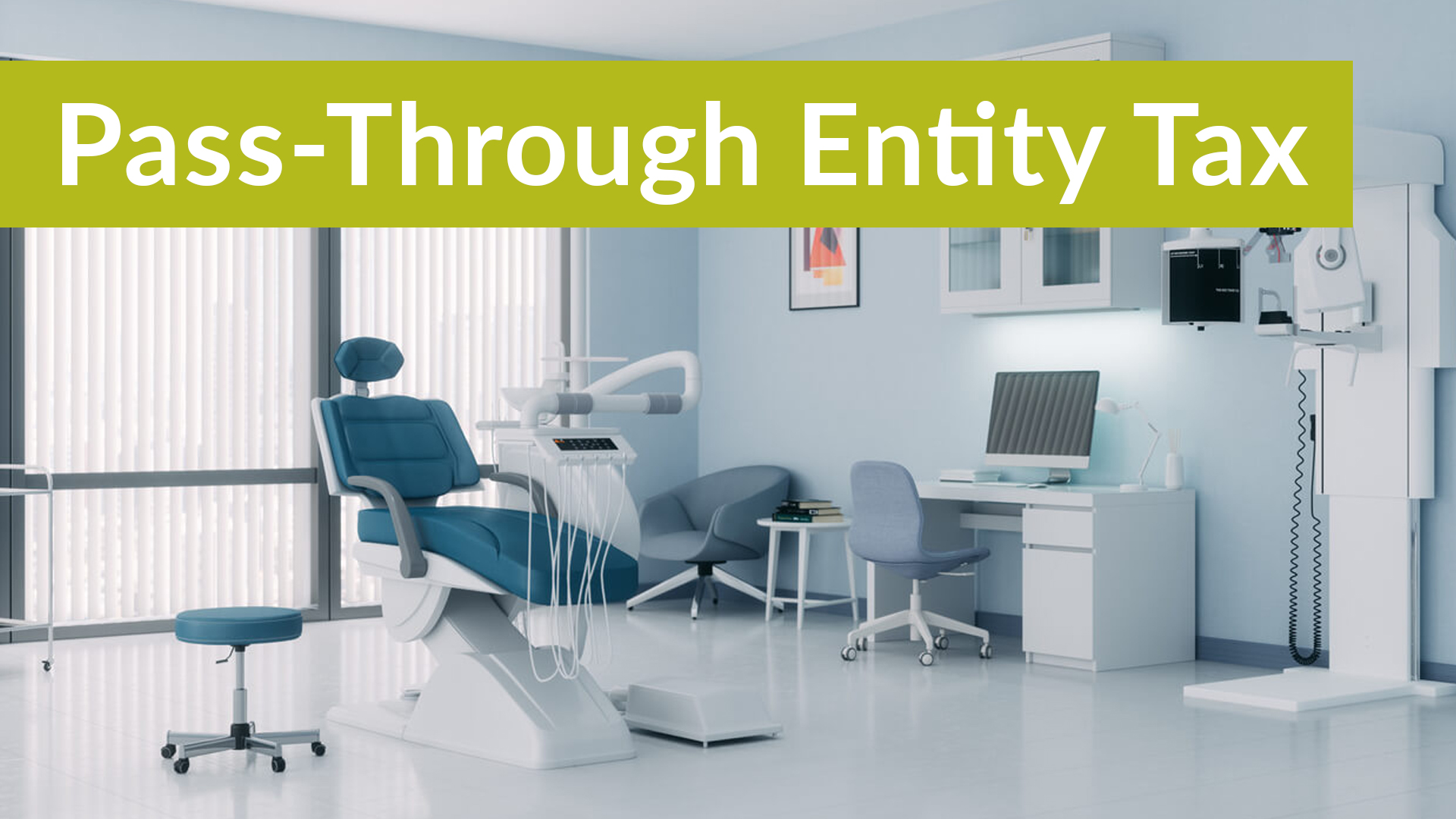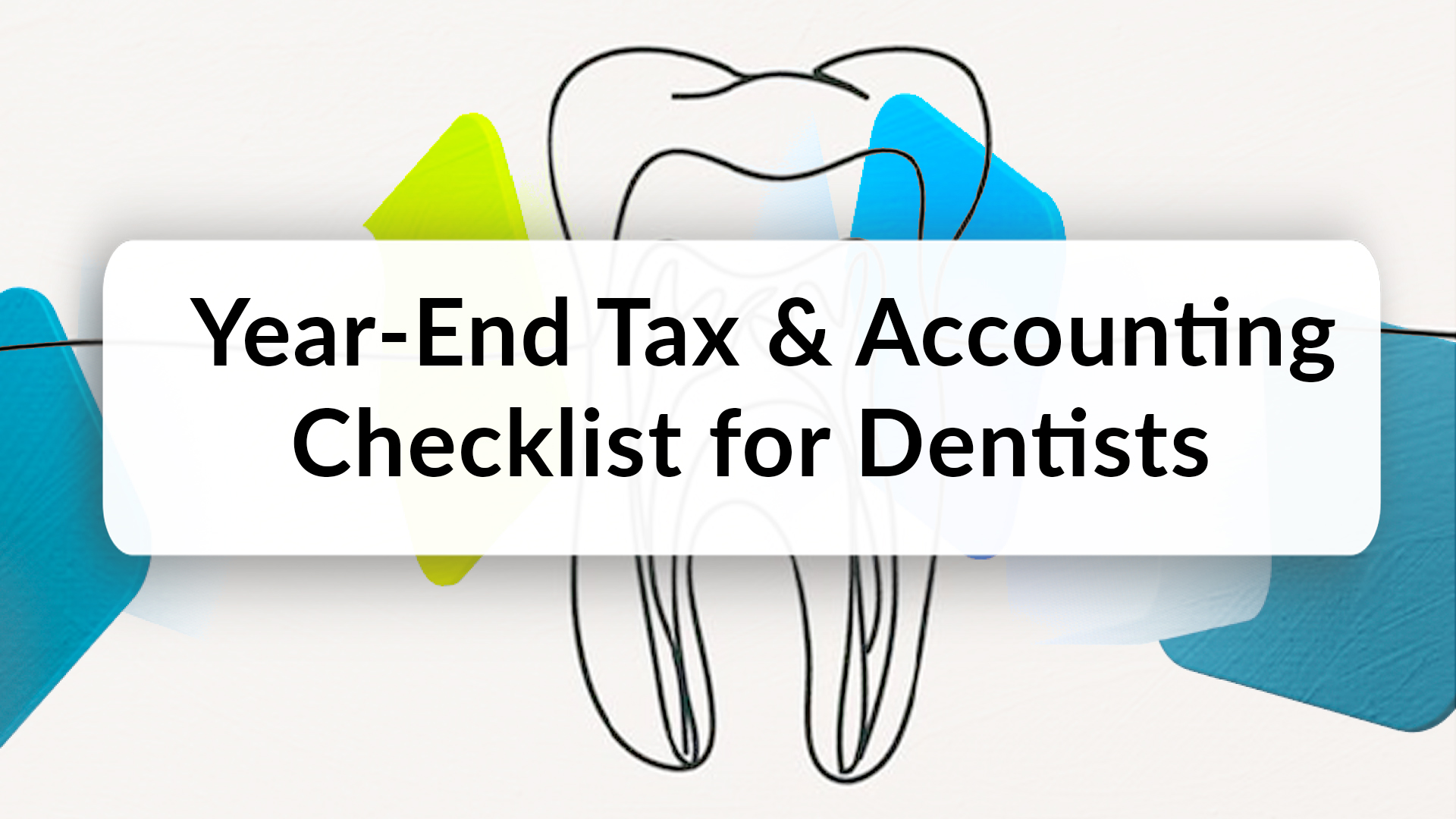November and December are often the months of the year when people do a Roth IRA conversion. Before we get into the details on the when, why and how of a Roth IRA conversion though, it would be good to make sure everyone understands what a Roth IRA is and why a Roth IRA can be a very powerful asset in your retirement cash flow planning.


How is a Roth IRA different from a Traditional IRA?
When you make a contribution to a traditional IRA, it results in a deduction against your taxable income, as long as your adjusted gross income is below the limits for that year to take a deduction. Some day when you withdraw the money from your traditional IRA, you pay income taxes in the year you withdraw from it.
A Roth IRA contribution does not give you a deduction in the year that you make it. But as long as your Roth account has been open more than five years, the earnings and original contribution will all be tax free when you withdraw them. You read this right…..tax free earnings forever.
Both the traditional IRA and Roth IRA contributions each year are subject to limitations if your adjusted gross income is above that year’s contribution threshold.
Summarizing the difference:

What is a Roth IRA conversion?
If your loved one was not required to take minimum distributions when they passed away, you must withdraw the entire balance from the IRA by the tenth year after passing.
Why do a Roth IRA conversion?
There are several reasons why you might want to consider converting some of your traditional IRA to a Roth IRA:

How do you make a Roth IRA conversion happen?
The simple part of a Roth IRA conversion is actually making it happen. You will work with your investment advisor to advise them of how much you want to convert from your traditional IRA to your Roth IRA and they will take care of rolling the equivalent dollar value of assets from one IRA to the other for you.

When should you do a Roth IRA conversion?
You can do a Roth IRA conversion at any time of the year. But many people wait until November or December to pull the trigger on a Roth conversion so that they have a better feel for what their taxable income looks like that year to determine how much room is left in their current tax bracket for a Roth conversion at that tax bracket. Remember that under the “why” points above, there might be times when it makes sense to do a Roth conversion even if it bumps you into a higher tax bracket.
Another good time to consider a Roth conversion is when the market is in a down cycle. If you believe that the market will recover, versus that you should maybe sell the investment, that is a good time to convert the amount that you have determined makes sense for that year. That way when the market recovers, all of the appreciation after the conversion will be tax free.
Planning for a Roth conversion
It’s always good to start the discussion about whether a Roth IRA conversion plan makes sense a year or two before you retire. The years after you retire and before you have to take your RMD give you a sweet spot of years where a Roth IRA conversion will potentially make the most sense.
But if you’re in retirement already and think some Roth conversions make sense for your estate tax planning, it’s never too late to start.
It’s also good to start thinking about it in advance because the way to maximize the tax free benefits of the Roth conversion is to make sure that you are able to pay the taxes on the conversion with funds outside of your IRA accounts.
Are you ready to give yourself the gift of a Roth conversion? If you are, reach out to your CPA so that you can plan for what conversion amount makes sense for the year.






